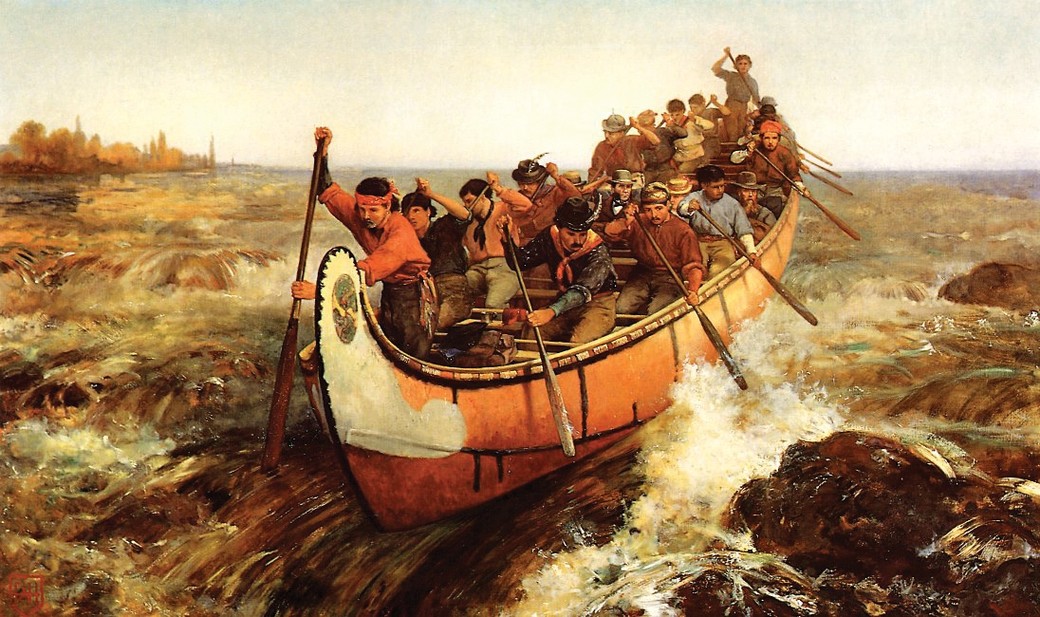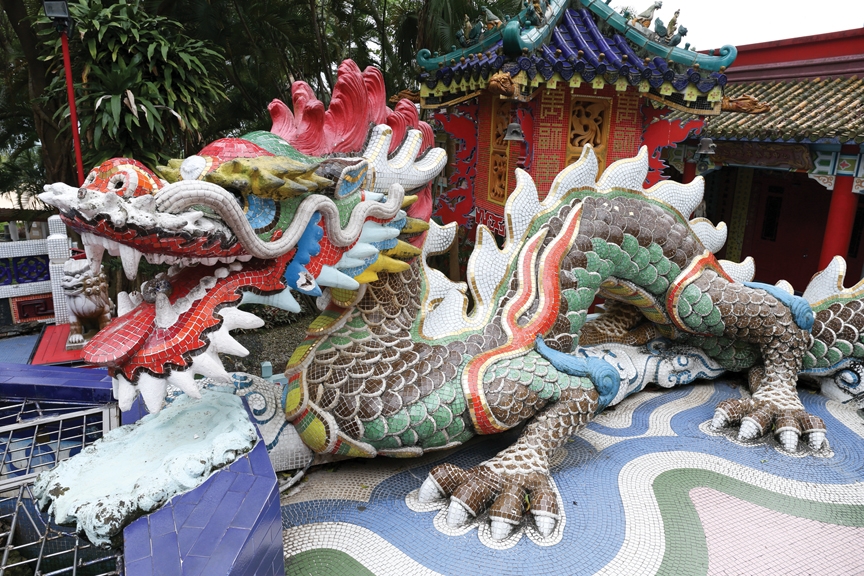
Ottawa Needs To Think About the Odawas
Illustration: Shooting the Rapids by Frances Hopkins (1879)
Official Ottawa is struggling to define a new era of relations with our founding nations almost indifferent to the central role they played in the exploration and opening up the continent to trade. In fact, the very savvy Odawa peoples based in Makinac, the Sault and then Detroit, controlled, through clever alliances and kinship ties, the whole of Ontario and much of Michigan for long periods of time from the mid 17th to the end of the 18th century. These peoples are referred to as the Anishnaabeg and the anglicized name of the Odawas made its way into the name of the capital of the new nation.
Initially, it was in their canoes that brought furs from the pays d’en haut along the historic fur trade route across the French River near the eastern end of Manitoulin Island across Lake Nipissing and down the Ottawa River to Montreal and Quebec. Their allies, the Algonquins, (somewhat recognized in Algonquin College) controlled the Ottawa Valley, for a time even exacting tolls. Now, their descendants live in the Golden Lake Reserve not far from the capital.
The Ottawa River, which the Algonquin called Kichi Sibi, meaning “great river,” and its tributaries were a conduit for trade networks between Aboriginal peoples, which archaeological evidence suggests stretched as far as the northern tip of Labrador in the east and Lake Superior in the west.
Years ago, I met a young native lawyer who engaged me to help the Golden Lake Algonquins build their profile as the original owners of the lands on which the capital sits. We were anxious to make a stand at Government House for maximum impact. Unfortunately, the chief of the reserve changed, and the project never saw the light of day. But it is odd that while in British Columbia particularly, where much of the territory was never ceded, every public event recognizes the original inhabitants of the land. This is not a practice in Ontario. It should be.
In New France, Aboriginals were treated as allies and trading partners. In the first years of settlement, they had helped habitants survive hard winters. Throughout the French regime, it was the Anishnaabeg, together with French regulars that finally beat back Iroquois attempts in the mid-17th century, to drive both Natives and French at scattered outposts and missions above the lower lakes out from their lands and villages. The French established a trading post in the Sault, in 1668, and soon it became the fur-trading centre for the entire upper Great Lakes. Because the leaders of the French regime saw their value as intermediaries in the lucrative fur trade, indigenous people were well treated; hundreds of young French men intermarried and became the famed coureurs de bois.
While Euro-centric histories glorify the likes of explorers Radisson and Groseillers, these intrepid adventurers, and later British explorers like Alexander Mackenzie, could never have moved in the interior save at the invitation of the native people; they were totally dependent on their canoes and their knowledge of the waterways and their paddlers.
The trade in pelts that kept the French, and after the conquest of New France the English colonies, alive was totally dependent on Indigenous peoples as well. This dependence lasted well into the era of the Northwest Company and the Hudson’s Bay Company when Mohawks who had settled near Montreal became the most reliable and tireless native power for the up to 44-foot-long birch canoes that carried the fur trade further and further west of the head of the lakes. These amazing freight canoes were laterally built by Natives in Trois Rivières.
Canada’s foremost historian, the late Donald Creighton in his ground breaking Empire of the St. Lawrence, saw Canadian history as the history of western expansion out of the St. Lawrence River valley, of an expanding east-west trade network in such staples as fur, timber, and then wheat. “Making that expansion possible and allowing a relatively small number of men located in Montreal to build a commercial and ultimately territorial empire, was the St. Lawrence River and the Great Lakes.” He might have added that this empire’s origins dated to Indigenous trading routes and means of transport right up to the opening of the CPR.
So we owe much to the Anishnaabeg. The powerful and crafty Odawas used alliances to ensure peace and co-operation among the many diverse tribes in the vast Ontario and upper lakes region. Would that those in the town misnamed after them could seek alliances with the hundreds of nations that today make up our founding peoples. There are signs that they are trying.













